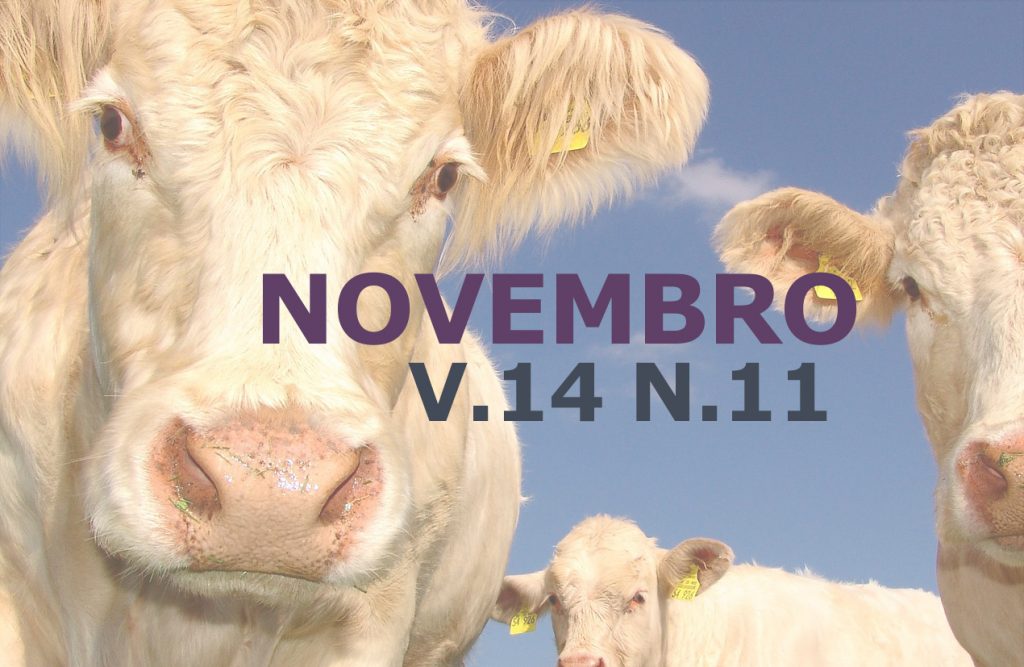Ketosis in dairy cows in different systems production by Optium Xceed® and Ketovet®
DOI:
https://doi.org/10.31533/pubvet.v14n11a688.1-7Keywords:
dairy cattle, ketosis, diagnosisAbstract
The objective of the study was to compare two portable devices (Optium Xceed® and Ketovet®) for the diagnosis of subclinical ketosis in the field; to know the prevalence of this pathology in the northwest region of the state of Rio Grande do Sul, in pasture and confined systems; to evaluate the milk composition of cows at different levels of ketone bodies and blood glucose. The data were collected from three dairy farms in the county of Augusto Pestana, Rio Grande do Sul, Brazil, two of which were in pasture systems and one in a Compost Barn system, all the dairy cattle of the Dutch breed. With this study, it was concluded that ketosis presents a higher prevalence in the pasture system in the postpartum period due to the high energy requirement for the milk production of the animals; both Ketovet® and Optium® devices are effective in the diagnosis of subclinical ketosis regardless of the period (pre or postpartum) and the systems evaluated (pasture or confined) and the occurrence of subclinical ketosis does not cause significant changes in the milk composition of cows. Ketosis is a subject of extreme importance in dairy cattle, being a subject found daily in the veterinary routine, revealing that it is possible to perform the diagnosis quickly and with low cost to the field, making it possible to avoid sanitary and financial losses to the herds.
Downloads
Published
Issue
Section
License
Copyright (c) 2020 Régis Filipe Schneider, Denize da Rosa Fraga, Luciane Ribeiro Viana Martins, Caroline Fernandes Possebon, Kauane Dalla Corte Bernardi, Marina Favaretto, Geovana da Silva Kinalski, Tadine Raquel Secco

This work is licensed under a Creative Commons Attribution 4.0 International License.
Você tem o direito de:
Compartilhar — copiar e redistribuir o material em qualquer suporte ou formato
Adaptar — remixar, transformar, e criar a partir do material para qualquer fim, mesmo que comercial.
O licenciante não pode revogar estes direitos desde que você respeite os termos da licença. De acordo com os termos seguintes:
Atribuição
— Você deve dar o crédito apropriado, prover um link para a licença e indicar se mudanças foram feitas. Você deve fazê-lo em qualquer circunstância razoável, mas de nenhuma maneira que sugira que o licenciante apoia você ou o seu uso. Sem restrições adicionais
— Você não pode aplicar termos jurídicos ou medidas de caráter tecnológico que restrinjam legalmente outros de fazerem algo que a licença permita.





